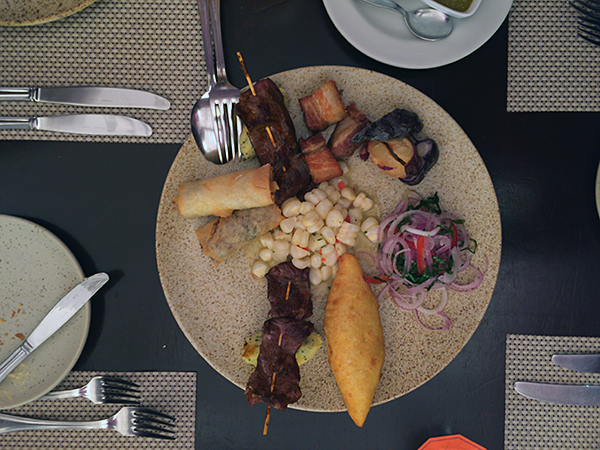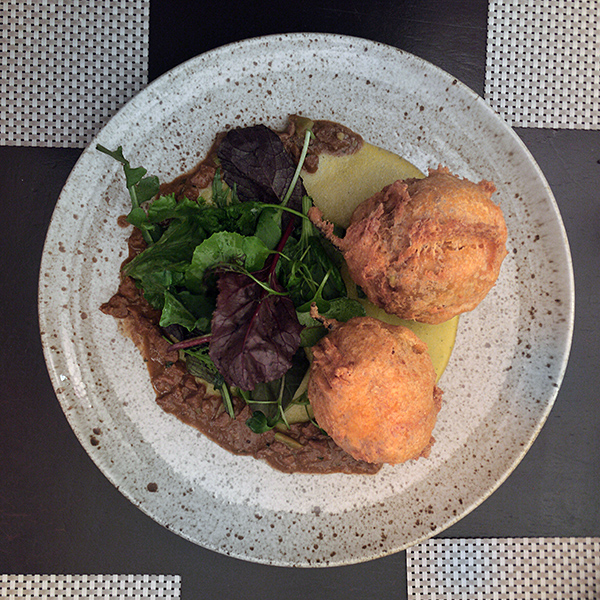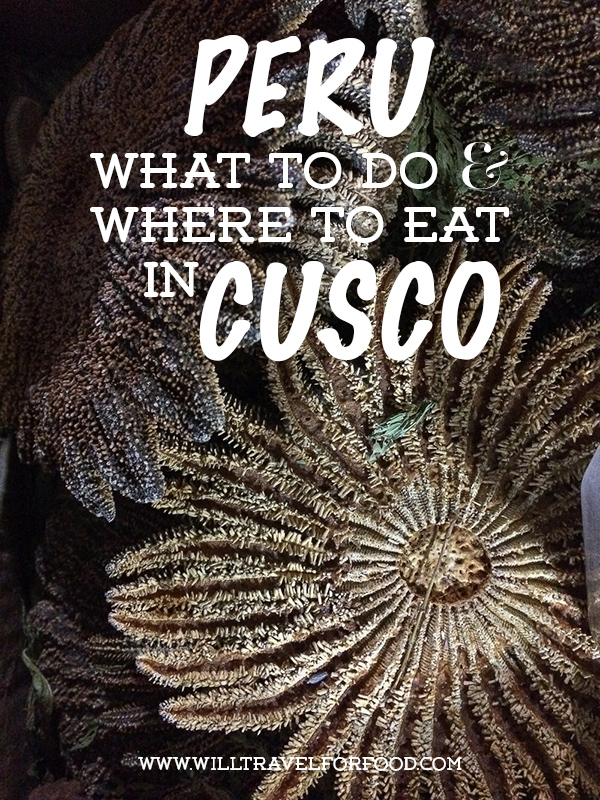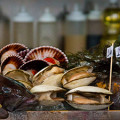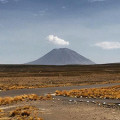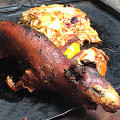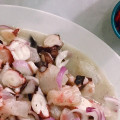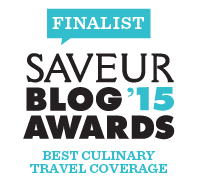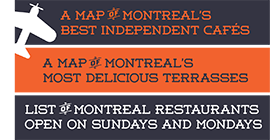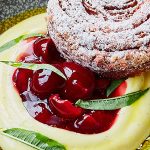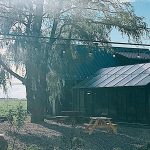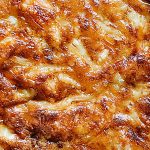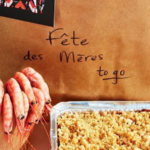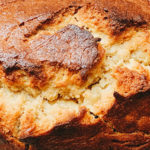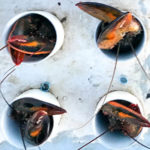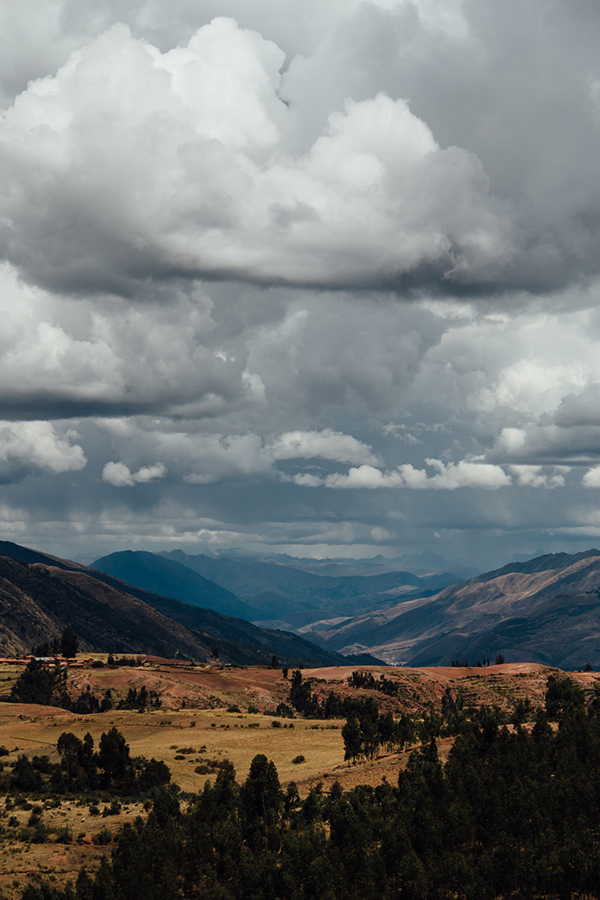
The landscape around Cusco, Peru {photo © mrb404}
A visit to the Sacred Valley culminating in the ascension to Machu Picchu is an absolute essential part of any visit to Peru. Whether you decide to trek the Inca trail or do it all by transport, it is absolutely necessary for anyone visiting Peru to discover the most fascinating aspect of the country: the Inca empire.
You can definitely organize your whole Cusco/Sacred Valley/Machu Picchu tour on your own but we decided to go with Antipode, a Cusco-based company that booked all transport, tickets and hotels for us. They were very helpful in organizing the whole thing via email and advising us on how we could fit in everything we wanted to do. Since there were four of us, it just made sense to do it that way and have a minivan drive us around for part of the tour. If you can afford it, it allows for great flexibility. You can stop wherever you want, customize your trip however you like and adjust along the way.
Peru is a huge country and flying around it is the best option. Ticket prices from Lima to Cusco vary enormously depending on whether you take a national company or a bigger one like LAN. Take a national one (or have Antipode book you one). We did and we’ve lived to tell the tale.
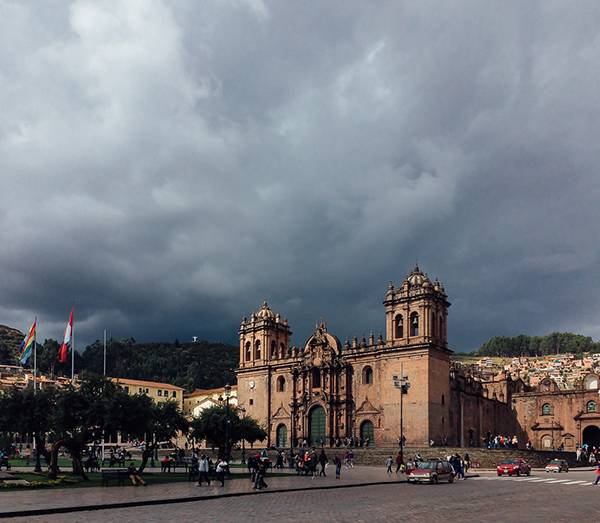
The beautiful Cusco Cathedral under a looming sky {photo © mrb404}
Cusco is the capital of the Inca empire and the start off point to visit the Sacred Valley where Machu Picchu is located. You can actually hop on a train from Cusco to Machu Picchu without having to visit anything else if you don’t have the time but I do recommend spending a few days exploring the area. The word “Cusco” means navel of the world in the local Quechua language, one of Peru’s three official languages. Cusco is situated at an altitude of 3400m, which can cause some altitude sickness that may vary from light dizziness to fainting. The good news is that it’s the highest point in the Sacred Valley and if you can get through Cusco, the rest of the valley will be a walk in the park. I actually didn’t feel any altitude sickness at all while there, except being easily winded. Drink some widely available coca mate (coca tea) and stay hydrated. If you let it, your mind can play dirtier tricks on you than the altitude, so don’t think about it too much and just read my previous article on how to easily manage altitude sickness.
It’s a great idea to purchase a boleto turístico (tourist ticket) if you are going to spend a few days in the Sacred Valley. It gives you access to 16 archeological sites and museums all over the Sacred Valley over a 10-day period.
WHAT TO SEE IN CUSCO
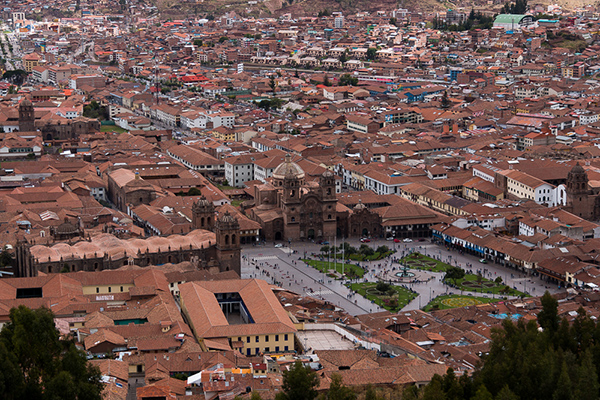
Cusco’s main square, Plaza de Armas, seen from the Saqsayhuaman site {photo © mrb404}
Plaza de Armas, a gorgeous plaza surrounded by intricately carved buildings. Some of the stone masterwork are a testimony to the Inca’s architectural mastery. The 500-year old stones are perfectly aligned and nestled and still holding despite the frequent earthquakes. A visit to the Renaissance-style Cathedral and its 400-plus paintings from the renowned Cusco School of Art built is a must.
San Pedro Market, the most important market in Cusco and the perfect place to discover some of the most interesting fruit, vegetables and ingredients of the Peruvian Andean diet. I love roaming around markets in foreign cities, it’s the best introduction to the culinary wonders of the country you’re visiting!
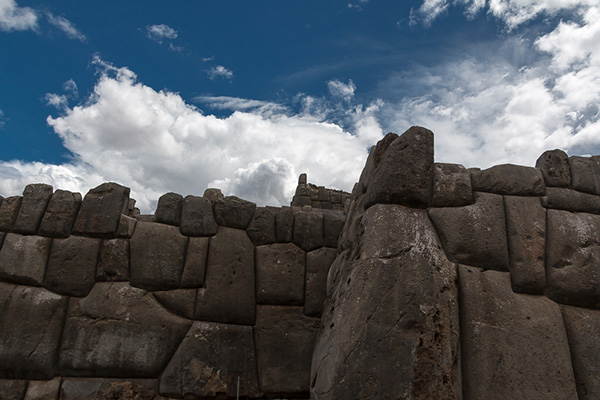
The Saqsayhuaman Fortress and its impressive walls with stones weighing several tons each {photo © mrb404}
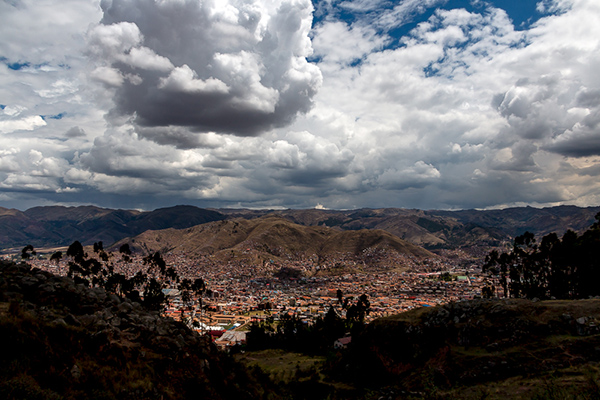
The view of Cusco from the Saqsayhuaman Fortress {photo © mrb404}
Saqsayhuaman Fortress located on a hill above Cusco was built by the Inca in the 13th century to protect the city. The most impressive part of Saqsayhuaman is the main plaza bordered by the three massive walls built on terraces. The stones are so huge and fit together so precisely without the use of amy mortar that they’ll make you wonder how this was ever built, especially knowing that they were dragged from quarries on the other side of the river. The massive stones are some of the largest in pre-Colombian America and the round corners and ultimate precision will make any modern day architect swoon. The main plaza is still used today in the Inti Raymi, a massive festival and all-day party on every winter solstice by the people of Cusco.
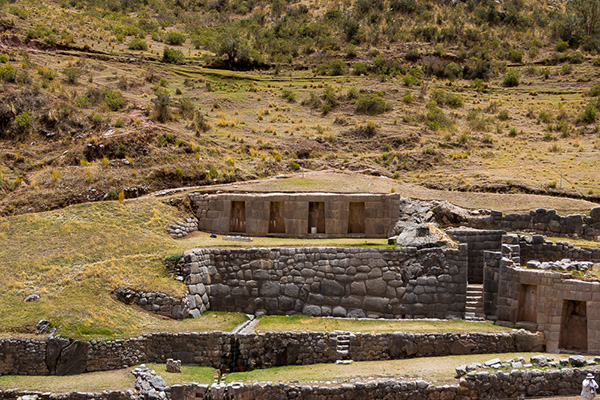
The Tambomachay Ceremonial Baths on the outskirts Cusco {photo © mrb404}
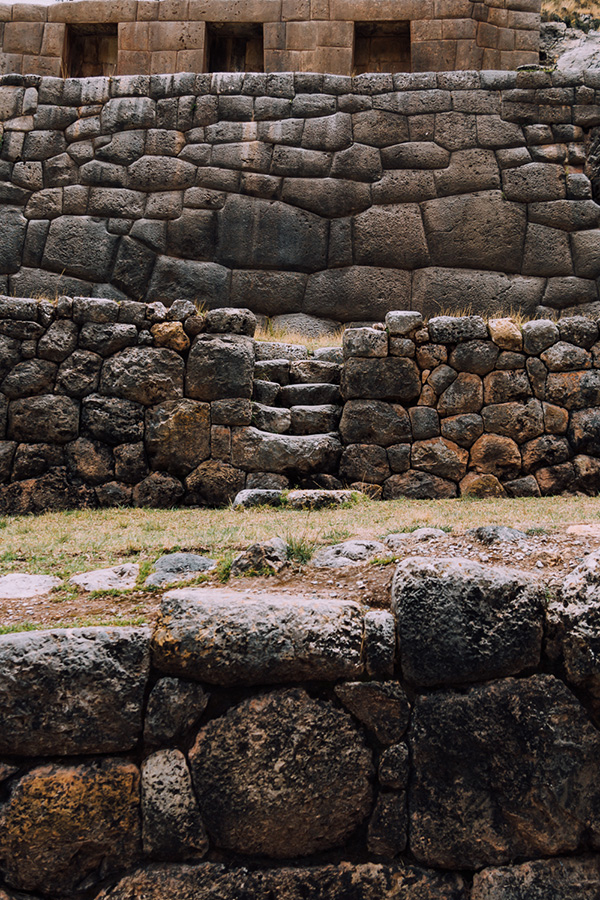
The Tambomachay ruins on the outskirts Cusco. Look at how those stones fit so well together! {photo © mrb404}
Tambomachay Ceremonial Baths, an Inca site located on the outskirts of Cusco and dedicated to the worship of water and gods.
Puka Pukara Fortress is not far away from Saqsayhuaman and was used as a control post since it’s located right on the Inca trail.
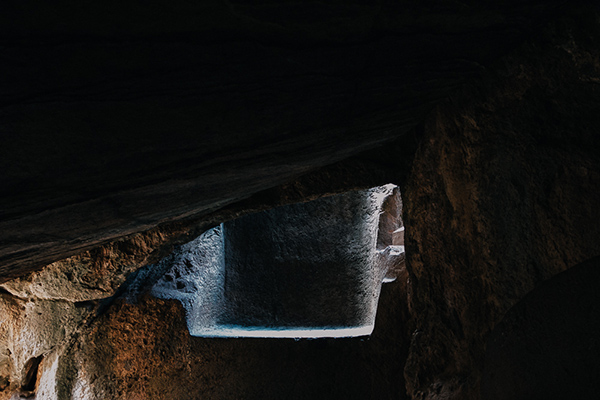
The Q’enko sacrificial site dedicated to Pachamama or Mother Earth {photo © mrb404}
Ceremonial site of Q’enko, which is essentially built in a cave and dedicated to pachamama or Mother Earth. It’s believed that this was a funeral and sacrificial site related to death.
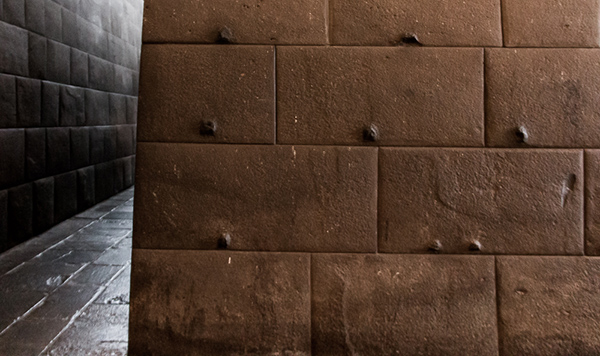
Coricancha–or Temple of the Sun–is a great example of how perfect the Inca architecture was {photo © mrb404}
San Blas neighbourhood is the bohemian part of Cusco and is rich in little stores, art galleries and arts and crafts vendors. It’s a lovely way to spend a couple of hours in Cusco.
Coricancha and the Convent of Santo Domingo are a beautiful example of two cultures clashing. “Coricancha” means Gold temple in Quechua and was the greatest Temple of the Sun of the Inca empire. It was covered in gold panels and statues and housed Inca priests. When the Spanish conquered Cusco, they stole the gold but built the Convent of Santo Domingo upon the great walls of the Temple. The two architectures are distinct yet coexist in perfect harmony today. The Inca stone walls are breathtaking in their near perfectness!
Museo de Arte Precolombino is the only museum in Peru to showcase artifacts of ancient Peruvian cultures from 1250 B.C to.1532 A.D. It only takes about an hour or two to tour the museum but it’s well worth it. The museum is also home to the MAP Café, one of Cusco’s best restaurants.
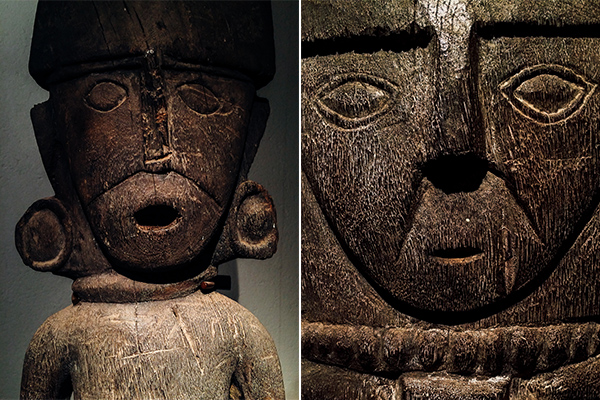
Pre-Colombian art at Cusco’s Museo de Arte Precolombino {photo © mrb404}
I highly recommend that you sign up for a guided tour of any and all archeological sights. It adds so much to the experience when you hear about all the awe-inspiring details of the Inca society and the great empire they managed to build in a very short time, historically speaking. It’s also the only way you can be privy to anecdotes about the local people’s way of living and how they still honour some of the Incas beliefs and traditions.
WHERE TO EAT IN CUSCO
Papacho’s–where “everything can be hamburgered!”–is one of Gastón Acurio’s restaurants and a good spot to grab a burger, sandwich, salad or any number of “western” style fast food done well.
Greens Organic is a simple place that serves western-style food and great juices. Sometimes, you just need to grab a wrap and fresh pineapple juice and this is the place to grab some familiar grub.
Chicha is another Gastón Acurio restaurant. This high end–yet unpretentious–restaurant features regional cuisine and works closely with local purveyors to highlight local ingredients. One word of warning: the portions are very generous so be careful when you order. Try the fresh river fish ceviche, alpaca steak, the excellent mushroom and quinoa stew or the outstanding rocoto relleno (hot stuffed pepper). The classic and passion fruit Pisco sours are really good although do be careful since alcohol is not recommended for altitude sickness. You can even taste a higher end version of cuy (guinea pig) served with chaufa (Peruvian fried rice). I personally preferred the whole roasted cuy that we ate at a traditional restaurant on the road in the Sacred Valley (post coming soon).
Cicciolina is located on the second level of a colonial home and is a mix of Spanish tapas and Peruvian cuisine. The bar area is informal and a great place to do a Pisco tasting. They also serve breakfast pastries at their bakery downstairs or a more substantial one at the restaurant.
For food tours in Cusco or around Peru, check out these mouthwatering adventures.
WHERE TO STAY IN CUSCO
We stayed at the San Agustin El Dorado hotel, a plain but clean and comfortable hotel which was conveniently close to Plaza de Armas and most of the restaurants recommended above.
Read more on my Peruvian adventures here and stay tuned for the next chapter soon!


